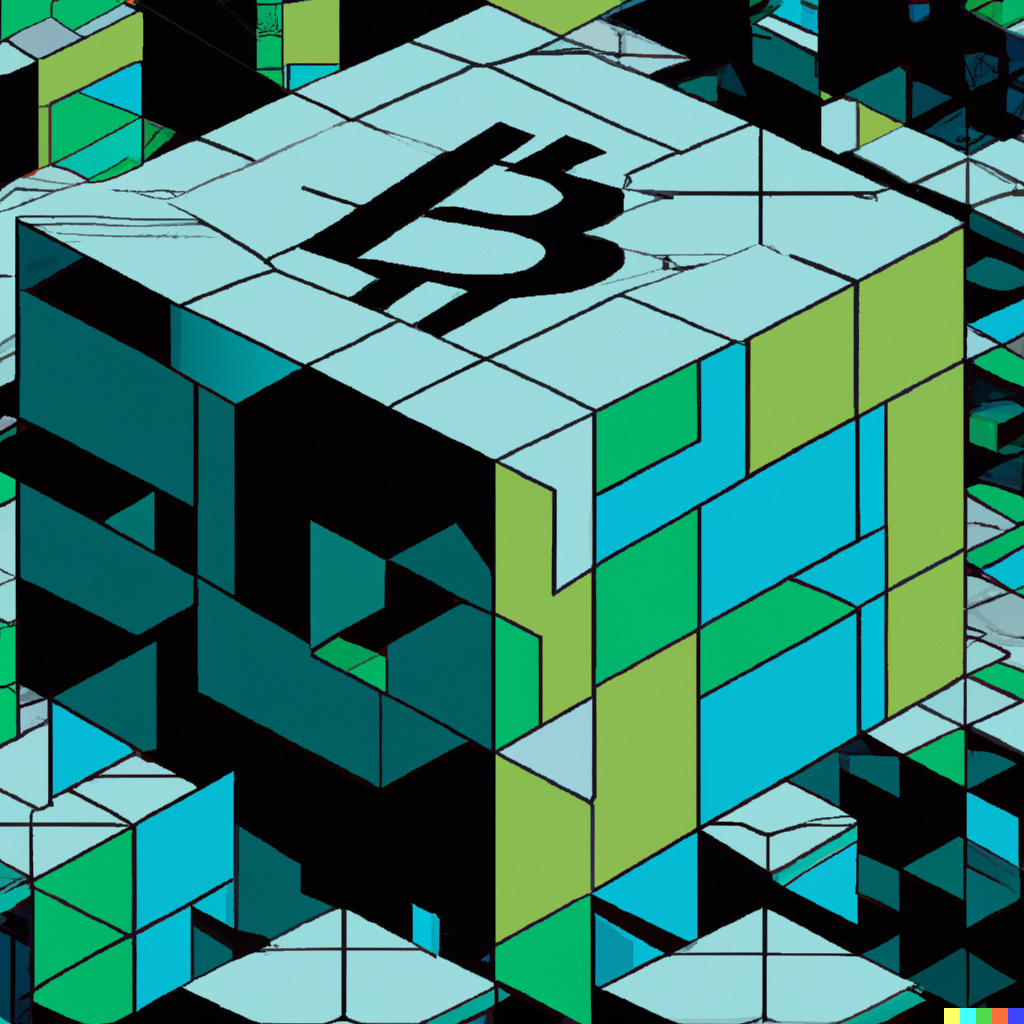
The cryptocurrency market has grown in leaps and bounds since Bitcoin’s release in 2009. Namecoin, the first alternative coin ‘altcoin,’ joined the market in 2011. By 2013, there were 66 other digital currencies. There are now over 10,000 other cryptocurrency projects in the market.
All cryptocurrencies use complex cryptographic processes in transaction origination and processing protocols. But several classes of digital currencies are defined by their decentralization structures and use cases. They include;
Types of Cryptocurrencies
Cryptocurrencies
Bitcoin was the original cryptocurrency. It established a new era in finance, supporting the digital transfer of value without the support of trust-enforcing intermediaries. Bitcoin functioned in obscurity during its first years of existence, but its sound money properties have transformed it into a robust payment protocol.
It now functions as money because it has a store of value, medium of exchange, and unit of account properties. Bitcoin’s open-source code has inspired many alternative coins or altcoins. Altcoin developers inject changes into the Bitcoin base code to solve shortcomings. Some altcoins are, therefore, faster and more scalable than Bitcoin.
However, some altcoins are distinct from Bitcoin due to their consensus algorithms. For example, Bitcoin, Ethereum Litecoin (LTC), ZCash (ZEC), and bitcoin hard forks such as Bitcoin Cash (BCH) and Bitcoin Satoshi Vision (BSV) are proof of work (PoW) digital currencies. Mining nodes secure their networks and earn rewards through newly minted tokens.
Dash (DASH), Polkadot (DOT), Stellar (XLM), and Ethereum 2.0 are proof of stake (PoS) cryptocurrencies. They do not have mining networks but reward their staking nodes with cryptocurrencies.
Cryptocurrencies operate on their native blockchains and can function as a medium of exchange. But, most of them have not acquired mass acceptance as BTC. Moreover, they do not have a powerful network effect, so most merchants do not accept them as payment for real-world goods or services.
Then, most countries do not recognize cryptocurrencies as legal tender. However, El Salvador is the first country to confer BTC the same status as USD in transactions. Among these coins are three-dimensional programmable blockchains that support the development of applications such as Ethereum or the Binance Smart Chain.
Cryptocurrencies have a $1.81 trillion market cap, led by BTC and ETH, with a $741 billion and $350 million market cap.
Tokens
Tokens are a product of smart contract blockchains. They function like stock offerings. Their developers sell them in blockchain crowdfunding models such as initial coin offerings (ICOs) or initial exchange offerings (IEOs).
These tokens operate on a sentiment that opposes extant power structures, building communities that seek their relative fluidity of power or wealth. These communities, in turn, sustain value creation and support relative power distribution within their decentralized structures.
Token projects will then incentivize users by redistributing take rates. Unlike centralized entities that keep take rates to themselves, the decentralized project distributes this fee to its users. This incentivization process recognizes the value of the community and attracts massive liquidity while scaling its network effect.
The token’s design does support its utility as a means of real-world payments or money. However, the distinct difference between tokens and coins is that token projects operate atop other established blockchains.
They leverage programmable blockchains such as Ethereum for security and a final settlement layer for their transactions. The absence of a native blockchain gives them a unique decentralization structure.
Decentralized projects can issue governance tokens to their users, giving them governance and voting rights.
Utility vs. governance tokens
Utility tokens
Utility tokens are gateways to the value held within a decentralized protocol. They support payments within their specific ecosystems as well. These tokens increase network activity, strengthening a decentralized application’s economy.
Moreso, they support a platform incentive scheme that pools liquidity for further development. Polygon (MATIC), Chainlink (LINK), Uniswap (UNI), and metaverse tokens such as Decentraland (MANA) and Enjin (ENJ) are popular examples of utility tokens.
The Binance Coin (BNB) is a unique example of a coin and token hybrid. BNB is the Binance Smart Chain’s native cryptocurrency. But its holders earn a 25% trading fee discount when they use it in trade, so it functions as the BSC’s utility token.
Governance tokens
Governance tokens support on-chain governance processes in decentralized applications. Communities can debate, collaborate, and vote on significant system changes through them. Some utility tokens such as Uniswap (UNI), PancakeSwap (CAKE), Aave (AAVE), Maker (MKR), Compound (COMP), and Synthetix Network Token (SNX) function simultaneously as utility and governance tokens.
Projects such as Axie Infinity have a utility and governance token. Small Love Potion (SLP) is its utility token, while AXS is its governance token. Anchor has Anchor Tokens (ANCT) as its governance token and Dock Tokens (DOCT) as its utility token.
Governance tokens have a $23.4 billion market cap, led by UNI and CAKE tokens with a $4 billion and 2.2 billion market cap.
Stablecoins
Stablecoins are digital currencies whose value reflects stable assets such as the USD or gold. Unlike other mainstream coins, stablecoins have low volatility, functioning as a bridge between the fiat and cryptocurrency worlds.
Their stability and flexibility give them optimum utility in day-to-day commerce. Consequently, stablecoin use has grown rapidly to a $186 billion market. Tether (USDT) leads with an $82 billion market cap, then USD Coin (USDC) at $50 billion.
Other popular stable coins are TerraUSD (UST), Binance USD (BUSD), and Dai (DAI). However, DAI is the only decentralized stablecoin on this list.
Meme coins
Meme coins are a light-hearted pop culture take on cryptocurrency project development. While meme coins run on native blockchains, they are not substantive but highly speculative assets. They do not have a serious use case but gain value via the crypto sector’s legendary “FOMO” (fear of missing out) sentiment.
Meme coins function like mainstream coins, support real-world payments, and have vibrant trading opportunities. Meme coins have a $13 billion market cap, led by Dogecoin (DOGE) at $17 billion and Shiba Inu (SHIB) at $13 billion. Other popular meme coins include Dogelon Mars (ELON) and Samoyedcoin (SAMO).

